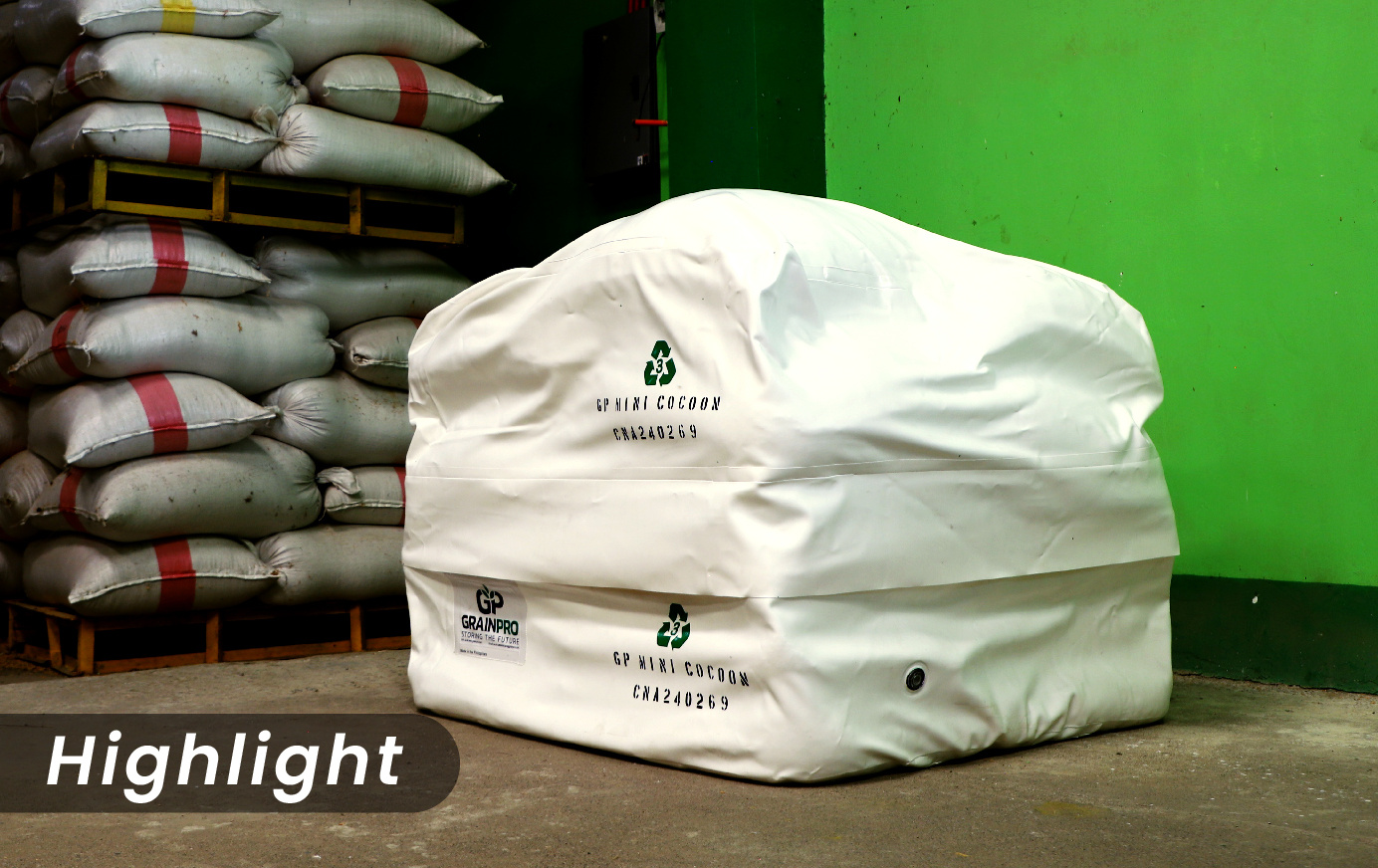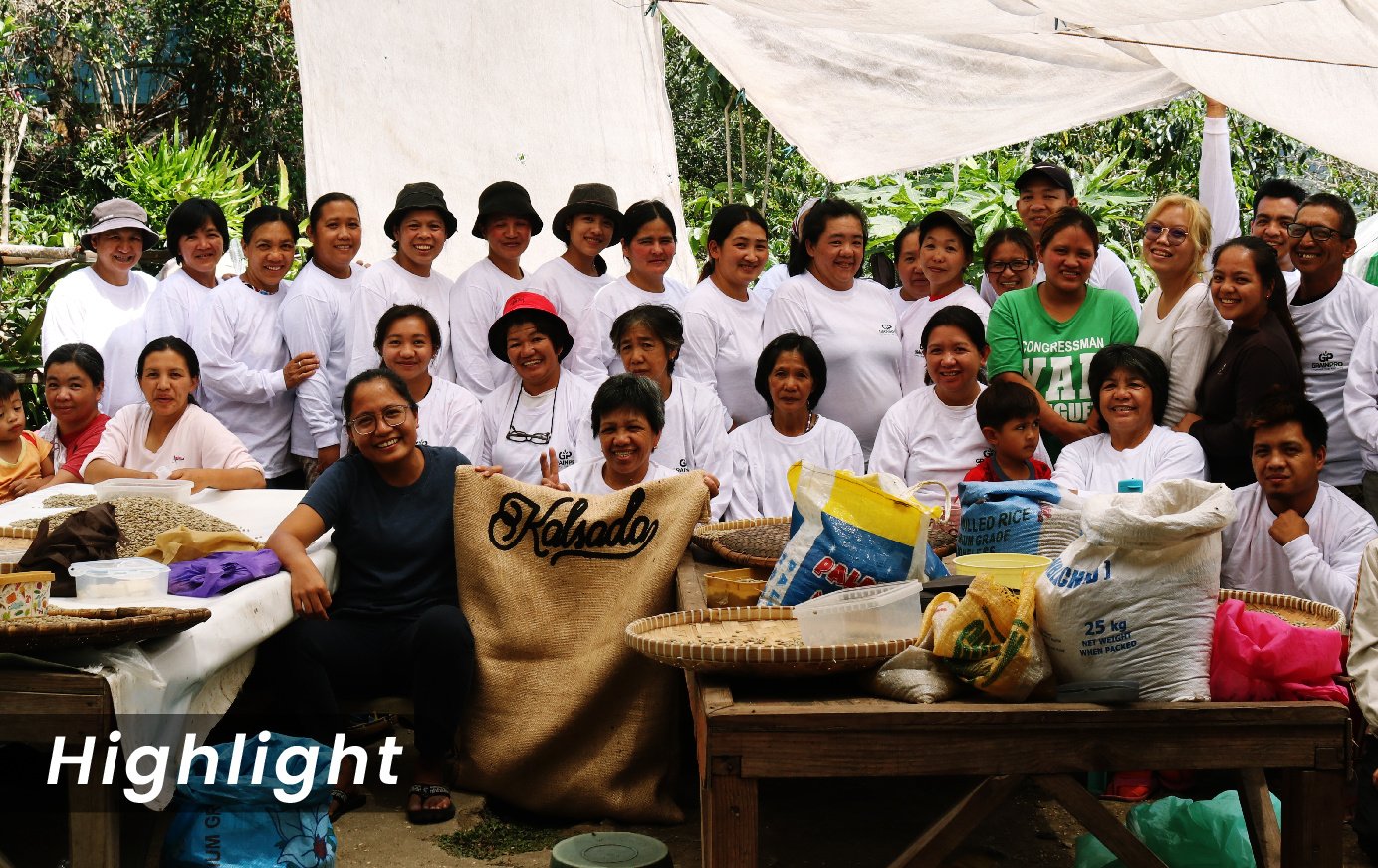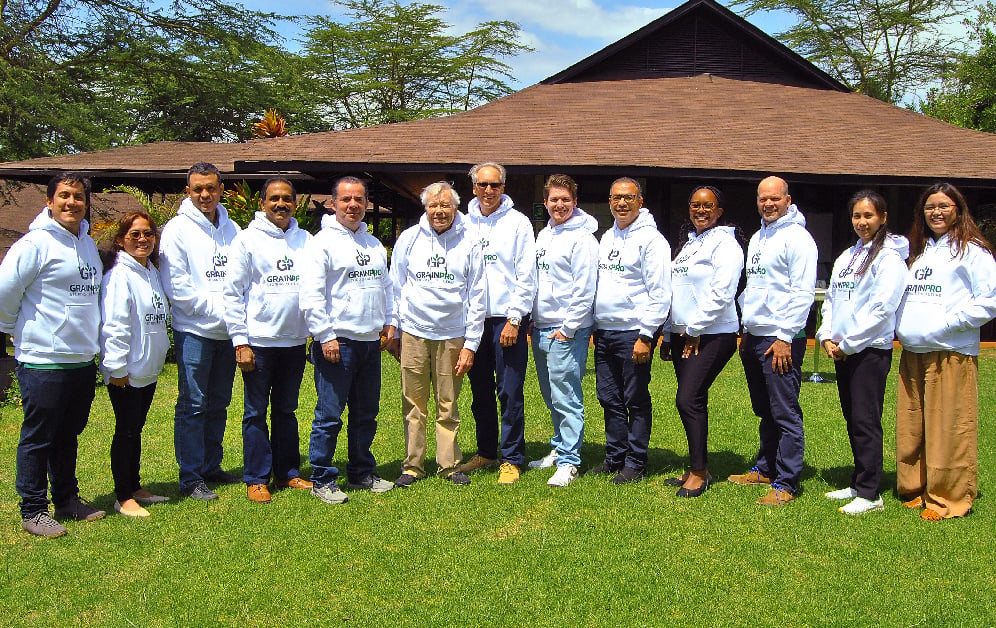According to The World Bank, climate-smart agriculture (CSA) is an “integrated approach to managing landscapes ...that address the interlinked challenges of food security and climate change.” This means that in order to cope with increasing food production demands and the environmental consequences of climate change, the world must adopt sustainable and holistic agricultural practices.
Why is Climate-smart Agriculture Needed?
The ill-effects of climate change are now being felt worldwide with rising temperatures and harsher weather conditions. These changes are affecting billions of people, especially in developing countries. Death tolls and damage to infrastructure have continued to rise during worsened and more frequent natural disasters such as droughts, typhoons, flooding, and cyclones.
In agriculture, climate change has heavily affected output for both big and small farms, costing billions of dollars each year while also slowing productivity growth. Extreme weather changes damage both standing crops and harvested commodities, while higher temperatures have given rise to severe cases of insect infestation. In East Africa, a swarm of desert locusts has ravaged crops and food stocks since late 2019, costing $118 million to control using pesticides, according to the FAO. Aside from the physical damage to crops, this natural disaster has cost governments and NGOs valuable fiscal resources and resulted in adverse environmental impacts as well due to pesticides.
At the same time, the increasing global population has put more pressure on food production. Without climate-smart agriculture, food shortages may occur and lead to humanitarian crises in the future.
Sustainability in Climate-smart Post-harvest Agriculture
These events are becoming increasingly frequent and show why food producers must immediately adopt climate-smart agriculture. This must be done sustainably to ensure the continuity and integrity of the future of agriculture.
Post-harvest systems are especially important when it comes to climate resilience. During this stage, food producers can ensure there is no food loss and that their crops are preserved for maximum utilization. Here are a few ways to help achieve climate-smart post-harvest agriculture:
Adopt new technologies to help reduce food loss.
One type of solution that can allow food producers to do this is through hermetic storage. By storing dry crops in an air-tight and moisture-tight container, both qualitative and quantitative food loss can be prevented.
The risk of mold growth can be mitigated by the gas-tight environment inside a hermetic container. This is especially crucial in areas with high aflatoxin contamination within staple crops such as rice, wheat, and maize. Insect infestations can also be controlled easily with the correct use of hermetic storage and with an extra precaution of applying non-toxic fumigants such as carbon dioxide.
Unlike cold storage, hermetic containers do not require electricity and do not produce emissions, making it a more climate-smart and sustainable choice.
Related: To a Sustainable Future, Benefits of Reducing Post-harvest Food Loss
Increase support for smallholder farmers. By giving smallholder farmers more access to resources such as inputs and credit, they can increase their productivity and household income. This is crucial since a study reported that smallholder farmers represent 85% of the world’s farms and also represent half of the hungry worldwide.
Reforming policies on fiscal and technological aid for smallholder farmers can drastically improve their livelihood and make their farms more productive and sustainable. Since small-scale farming is seen as less intrusive as they use less machinery and resources as compared to industrial agriculture, strengthening the capacity of smallholder farmers can reduce emissions, lead to diversification of crops, and lessen the need for land conversion.
Related: Small-scale Agriculture, Supporting Smallholder Farmers
Reduce emissions by using clean energy. Greenhouse gas emissions are the leading cause of climate change. Taking steps to reduce global emissions can drastically improve the state of the environment. To do this, post-harvest technologies that use electricity must be re-examined and alternatives must be utilized more efficiently.
For example, drying machines that rely on electricity must adopt more energy-saving technologies such as solar power.
GrainPro’s Climate-Smart Post-Harvest Solutions
Due to the critical nature of climate change, GrainPro has developed post-harvest solutions that can help both big and small food producers become more resilient. One such solution is the GrainPro Cocoon, an outdoor storage container that protects dry commodities from sudden rains or even flooding. This hermetic solution also preserves both the quality and quantity of the stored crops by controlling insect infestation and mold growth.
For drying, GrainPro offers the Solar Bubble Dryer, which evenly dries commodities even during rainy days. With its solar panel, this solution can help farmers save on electricity costs.
Date Published: December 5, 2021




.jpg)